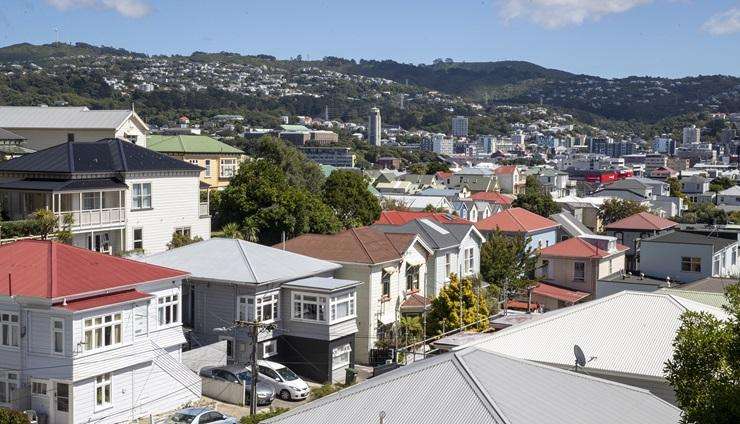1. First-home buyers dominate, investors make a comeback
First-home buyers are still reaping the benefits of a housing market that’s weighted in their favour. Supported by KiwiSaver, low-deposit loans, and prices that are 16% below peak, first-home buyers accounted for a touch more than 26% of property purchases nationwide in the April-June quarter this year. In Christchurch and Dunedin, first-home buyers’ share of the market was 27%. In Auckland it was 29%, while in Hamilton and the wider Wellington region, their share was 32% and 36% respectively.
Movers (relocating owner-occupiers) were quieter than usual, but remain a group to watch. After all, changes in household circumstances such as births, marriages, and job shifts are always happening, so there may be some pent-up demand amongst this group to up sticks, and a sluggish market can be a favourable time to do so, given the abundance of listings out there.
But perhaps the most interesting aspect of Cotality’s latest buyer data is that in the past six to nine months, mortgaged investors have been making a steady comeback, especially the cliched ‘Mums and Dads’ who are looking at the cheaper end of the market and potentially existing properties (now that their tax disadvantages compared to new-builds have been removed).
Find your dream home today.
The challenges facing investors are still there: rising rates; rising insurance and maintenance costs; and flat or falling rents. But on the other hand, the falls in mortgage rates have been beneficial for investors, significantly reducing the cashflow top-ups out of other income that are typically required on a rental property purchase.
2. The property market is also getting busier
Taking a step back from those shifts in market share for various buyer groups, the bigger picture is that the overall number of transactions is rising. Cotality recorded more than 7000 in June across estate agents and private deals, up by more than 25% annually (although June 2024 was oddly low). This was the 25th rise in the past 26 months.

Cotality chief economist Kelvin Davidson: “Inflation pushing up towards 3% may just scale back the chances of an OCR cut in August.” Photo / Peter Meecham
However, that upturn started from a very low base of sales back in 2022-23, so the level of activity has only recently returned to normal. This should start to erode the stock of available listings on the market – driving a bit of price pressure – but it looks likely to be a slow process.
3. The economy remains patchy
Just a quick look at the economic stats from last week, nothing much really changed. True, electronic card spending was up a bit in June. But the services sector activity index from BNZ-BusinessNZ was weak again. It supports the view that the OCR will probably need to be cut again, at least once.
4. But could price pressures lift again?
The problem on that front for the Reserve Bank is a recent concerning shift in consumer prices for items such as food and energy. As such, look out for Q2’s benchmark CPI this week. The RBNZ anticipates an inflation figure of 2.6%, only slightly up from Q1’s 2.5%, so an overall number around that mark would be reassuring. But something pushing up towards 3% may just scale back the chances of an OCR cut in August.
5. Keeping a close eye on mortgage activity
The other release to watch this week will be June’s mortgage lending figures from the RBNZ. In particular, what’s happening with LVRs, interest-only lending, and bank switching, but also the amount of lending being done at high debt-to-income ratios.
– Kelvin Davidson is chief economist at property insights firm Cotality
